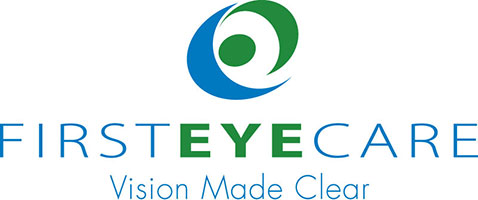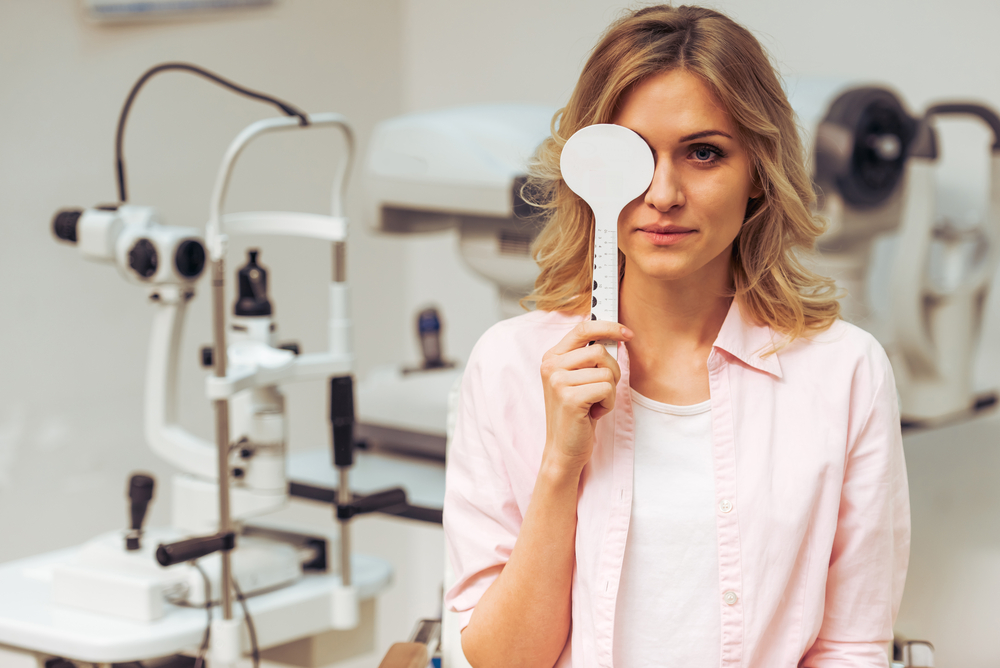Visual acuity is the sharpness of your vision
When you go to the eye doctor for a comprehensive eye exam, one of the most common tests performed uses an eye chart. Have you ever wondered what the point of this test really is?
For one, it is testing how clear – or blurry – your vision is, which is your visual acuity.
Visual acuity is the sharpness of your vision, which is measured by how well you are able to identify letters and numbers on the aforementioned eye chart. Your eye doctor will likely have you cover up one eye, then the other, then read the chart with both eyes. This is important for numerous reasons, as you can imagine. The numbers gathered from this test help us understand your ability to focus on and understand various shapes and details of the objects you are looking at. Although it is just one small part of your vision, it is incredibly important to the overall picture.
What is Visual Acuity?
You’ve likely heard the term “20/20 vision”, correct? 20/20 vision is what normal visual acuity (or the sharpness of vision) is measured at when standing at a distance of 20 feet from an object. People with 20/20 vision are able to see an object at 20 feet as clearly as they should be able to.
While your optometrist may conduct a visual acuity test during any comprehensive eye exam, children are recommended to take the test more than adults. This is because early testing and detection of common vision problems can help stop more serious problems from developing down the road.
How does visual acuity affect your overall vision?
Visual acuity is extremely important to your overall vision for many different reasons. Because it is the test that gauges how sharp and clearly you can see, it is important to test both eyes separately and then together. Determining whether you can see 20/20 out of each eye or both eyes could give your optometrist information that will help them better understand your vision needs.
Depending on the results, this test could indicate you need eyeglasses or could benefit from a contact lens exam.
What is the purpose of a visual acuity test?
If you are experiencing any vision problems, such as squinting to read street signs or having constant dry eyes, a visual acuity test could be very helpful. In the event your vision has changed, a visual acuity test will give us additional details about the health of your vision, which will help us in the steps to follow.
How to Read Your Visual Acuity Test
The first thing to understand about your visual acuity test is that it is expressed as a fraction, just like the 20/20 vision we were talking about earlier. If you get your test results back and you have 20/100 vision, for example, you must stand as close as 20 feet to an object to see what a person with 20/20 vision could see at 100 feet. As we get older, it is only natural for our vision to worsen, and still others are faced with a wide range of vision problems that will affect visual acuity.
Your First Eye Care DFW optometrist will be happy to discuss your test results with you, as well as the potential need for corrective eyeglasses or contact lenses. To learn more about visual acuity tests or to schedule a comprehensive eye exam, give us a call today.



